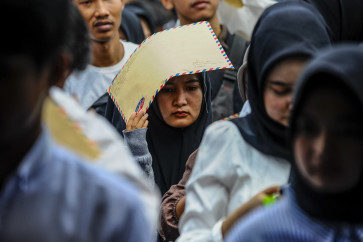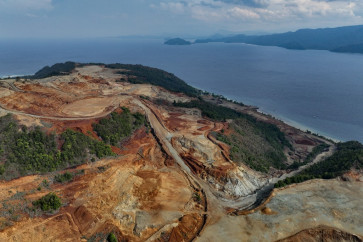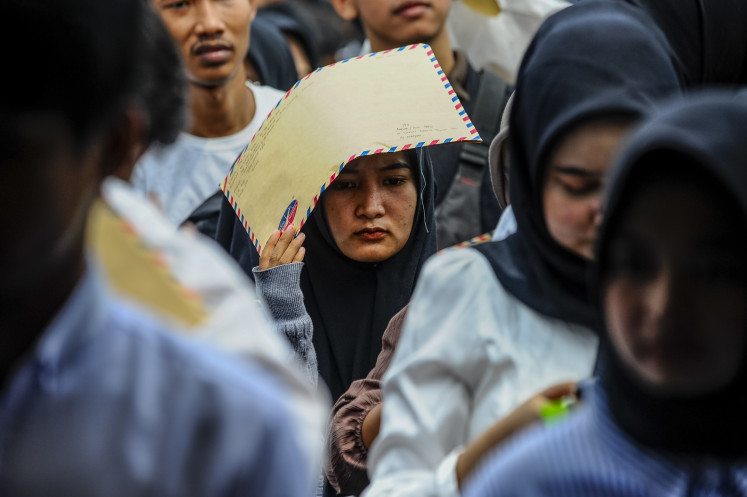Australia extends RI a helping hand in disaster mitigation
The Australian Minister for Foreign Affairs and Trade, Stephen Smith, officially launched here Thursday the Australia-Indonesia Facility for Disaster Reduction (AIFDR)
Change text size
Gift Premium Articles
to Anyone

T
he Australian Minister for Foreign Affairs and Trade, Stephen Smith, officially launched here Thursday the Australia-Indonesia Facility for Disaster Reduction (AIFDR).
Initiated in response to last year’s devastating earthquake in Padang, the facility combines scientific monitoring and construction technologies with a community-based training and outreach program to minimize the potential impact of natural disasters in Indonesia.
Head of the National Disaster Management Agency Syamsul Maarif noted that Indonesia is a high-risk area for natural disasters such as earthquakes, landslides, forest fires, volcanic eruptions and tsunamis. He suggested that, through the AIFDR, Indonesia could become a “laboratory for disasters”, by developing scientific approaches to disaster management.
Syamsul said that beside the loss of life and infrastructure, natural disasters have a negative economic impact both regionally and nationally. “Within the period of 1980 to 2008 alone more than 18 million Indonesians all over the archipelago were affected by 293 disastrous events that claimed the lives of nearly 190,000 people,” he said.
“[This] cost a total economic damage of approximately US$22 billion. Disaster risk reduction is indeed everybody’s business”.
Smith personally witnessed the aftermath of the Padang earthquake during his visit to Indonesia in 2009.
“Australia, for its part, wants to be a good international citizen. When we see a humanitarian disaster our instinct is to help”, he said.
However, the main focus of the AIFDR is not humanitarian relief assistance, but risk minimization and capacity-building for Indonesia to independently manage its own natural disasters.
One major challenge for the AIFDR is to address the problem of poor construction techniques that were to blame for the loss of many lives in the Padang 2009 earthquake. Community education programs in partnership with the AIFDR and civil society groups have already begun in reconstruction efforts in Padang, to apply scientific principles to existing local building techniques that can better withstand natural disasters such as earthquakes.
Australia’s generous response to the Padang earthquake and its involvement in the AIFDR constitutes only a fraction of the country’s spending in development assistance in Indonesia.
Earlier on Thursday, Smith attended the opening of the 2000th school to be built under the Australia Indonesia Basic Education Program, at Madrasah Balaraja in Tangerang, Banten Province.
The project was funded under the Australian Development Assistance Program in Indonesia, through which the Australian government has pledged A$458.7 million (about US$404.7million) to be spent over the next financial year.
“We want to do our bit to help Indonesia meet its commitment of nine years of basic education for every Indonesian boy and girl,” Smith said.









